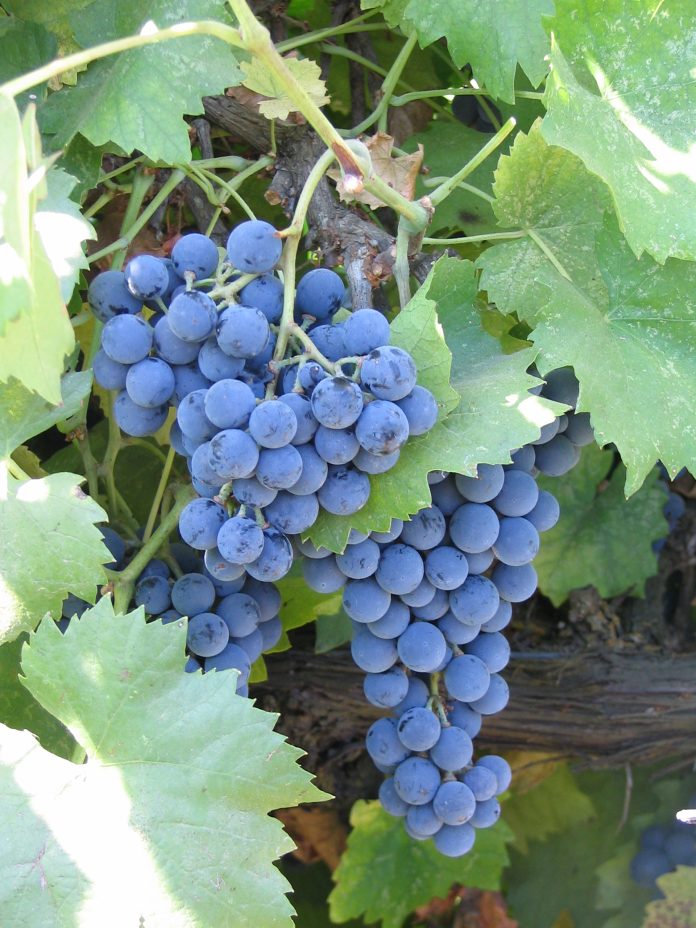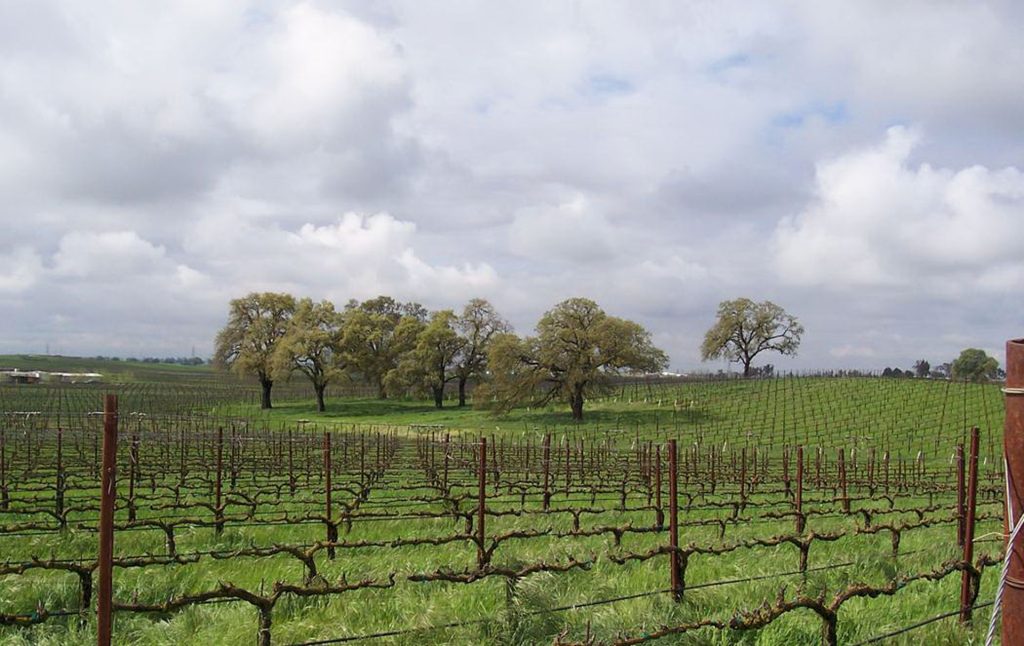
Winegrape growers are a very diverse group. Some growers grow for volume or high yield, not necessarily high quality. Some growers grow for high quality while yield is secondary. There are, of course, many growers in between. Maybe you are a conventional grower, or a sustainable grower, or an organic grower, or a biodynamic grower, or, well, you get my point. In order to understand your fertilizer needs, you must understand your goals. Let’s address how to build the right fertilizer program for your needs.
Know Your Needs
You must know the nutritional needs of your grapes to know how much to apply. Conventional wisdom is winegrapes use 9 lbs. of nitrogen, 3 lbs. of phosphorus and 13 lbs of potassium for each ton harvested. Again, there are slight differences from white or red and even varieties.
If you have established grapes, you must determine where you are at with the condition of your soil and quality of your water. Soil sampling is a yearly function as well as a water sample, no matter the source of the water. The amount of nutrients, or lack of, in the soil will help you realize what you need to do. Water quality needs to be known as well as the amount of nutrients in the water. Well water can contain some levels of nitrogen and other needed nutrients, but also excess salts and boron. The pH level of your water can affect the availability of nutrients in the soil as well as the fertilizers you apply. Since many fertilizers are applied through irrigation systems, pH becomes a big deal and causes fertilizer to separate in the system.
A CCA can help you get through these technical issues. How much fertilizer do I apply, what kind, when, and will it go through my system? A good advisor will also do in-season leaf samples to see where you are with the health of your grapes. These samples are done at specific stages of growth and even post-harvest. They are even doing sap analysis now to potentially give you another tool to determine plant health.
Know Your Method
Now that you know where you are at with soil and water, what kind of fertilizer do you use? Your irrigation system becomes your main way of applying fertilizers, so liquids become your primary type. Remember, with the fertilizer going in with the water, it will be next to the roots and will be taken up at the same time as the water. This is very efficient and sustainable.
Sometimes, you have to use dry sources because there are some forms that don’t mix well. You can band them on with ground spreaders that will lay a band down next to the row. Potassium is one type that is done this way. Soil amendments such as gypsum, lime and sulfur would be another example of soil applied as well as compost.
So, let’s say you want a five-ton crop to achieve your yield and quality goals. Reviewing your soil samples, previous-year leaf samples and post-harvest application of fertilizer, you now have an understanding of what you need to do.
You now want to apply through your drip system 45 lbs N, 15 lbs P and 65 lbs K. You might also want to put on some zinc, iron and sulfur. Your advisor and fertilizer supplier can design a liquid mix that will contain all of these nutrients. If your water source is good, you know these materials will not separate and can be applied safely.
Time Your Applications
Timing your applications can be tricky because you don’t want to apply the full amount at one time. Many growers don’t start watering until after bloom, and if it was a wet winter, it can be even later. Your post-harvest application is done to give the grapes the start-up they need if you have to wait to do the first watering the next year.

We know the greatest uptake of both water and nutrients is during the prebloom and bloom period. Nitrogen is perhaps the most important nutrient during this time period, and using a fast source of nitrogen is important. Look at a calcium nitrate source for speed, but be weary of what you can mix with it. You will probably need to put at least 30% of your N needs in the first watering and spread the balance over the next two to three irrigations. Remember this is just an example of what can be done to achieve your goals.
Overcoming Obstacles
What about obstacles like high pH water, or you only irrigate three times a year, or you have poor-drainage soil that doesn’t take water well? These and other issues have to be addressed as part of your overall farming operation. Your CCA is skilled and trained in these areas and can put into place an overall plan to modify these issues.
Soil amendments, such as gypsum, sulfur or lime, can help modify the soil to help it take water better and provide some of the other nutrients grapes need. If you want to apply compost, you minimize multiple applications by having the gypsum, sulfur or lime mixed with the compost so you can do one application per year with ground application equipment. Remember, we are trying to reduce our application by ground to limit our carbon footprint and be more sustainable.
Finally, the methods I have discussed work for all types of grape farming; only the sources of the nutrients change. Organic sources like nitrogen are much lower in analysis, so higher volumes are required to achieve the levels I have discussed. Mix ability can also be a concern; again, a good CCA knows about these issues and can get you going in the right direction. Organic generally requires more ground application for some of the types of fertilizers required, so combining the products together to reduce applications is important. Organic farming does not necessarily have a reduced carbon footprint, so trying to combine nutrient sources is important.
This information is broad and each vineyard is different. When you spray for pests, you generally use the same products on all blocks. When it comes to nutrition, all blocks are different, and it can even be broken down by varieties even if they are in the same block. Soils are not all the same, and when you sample, you find that out and react accordingly. I did not mention foliar nutrients; that is a whole different topic and will be saved for another time. Finally, fertilization is an art and can increase yields and quality when done properly. Remember your goals and then act accordingly.
















